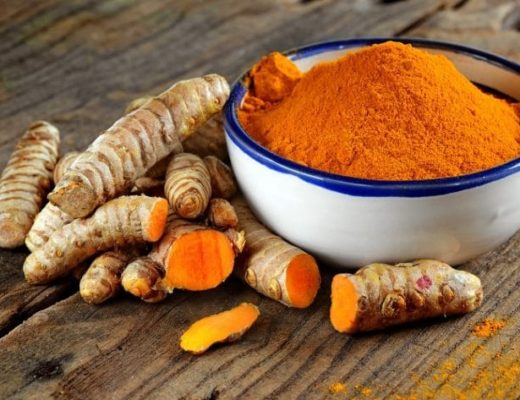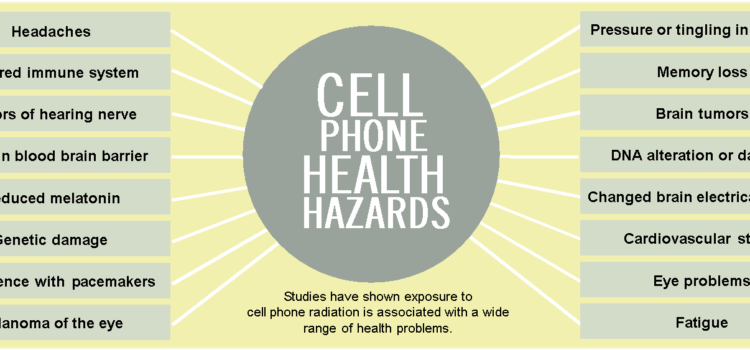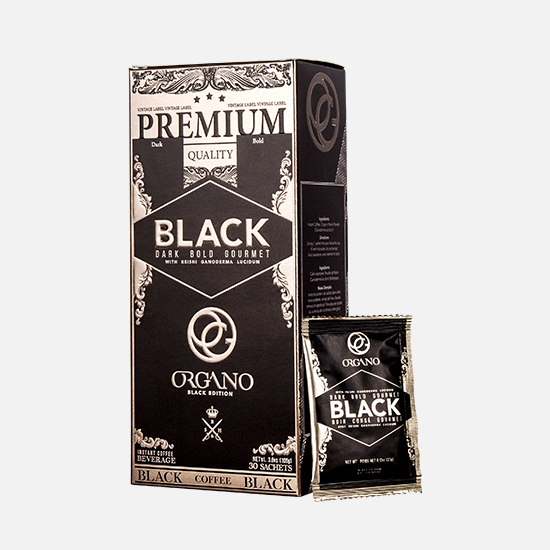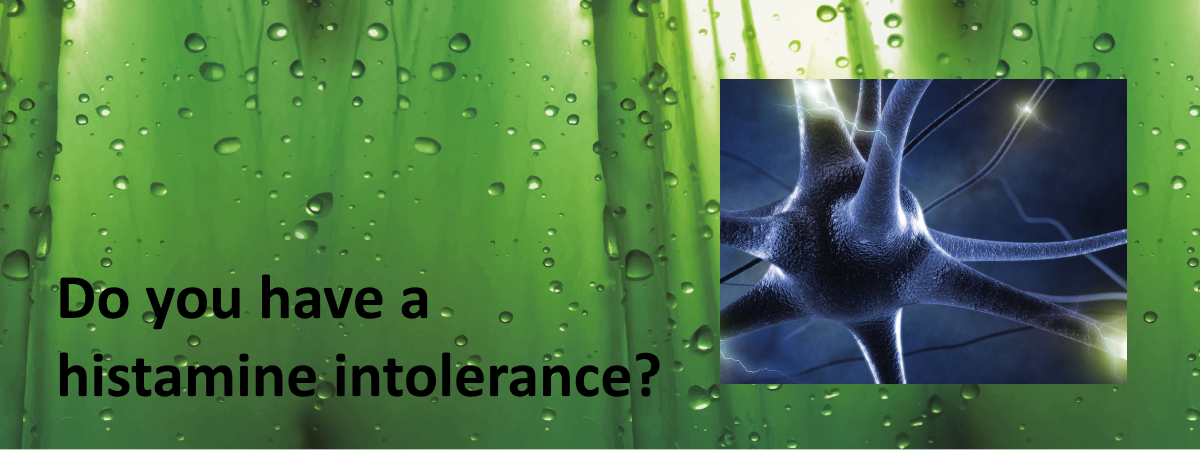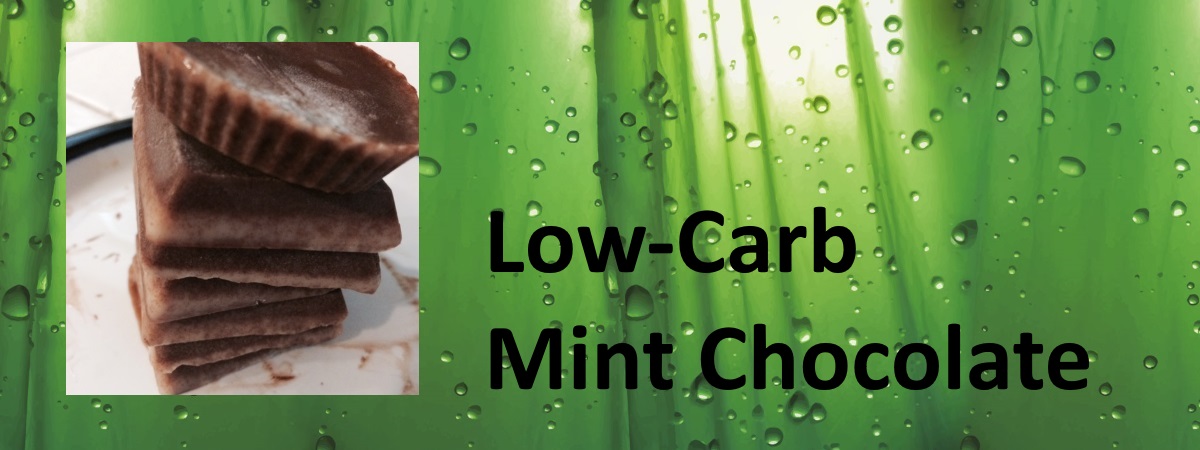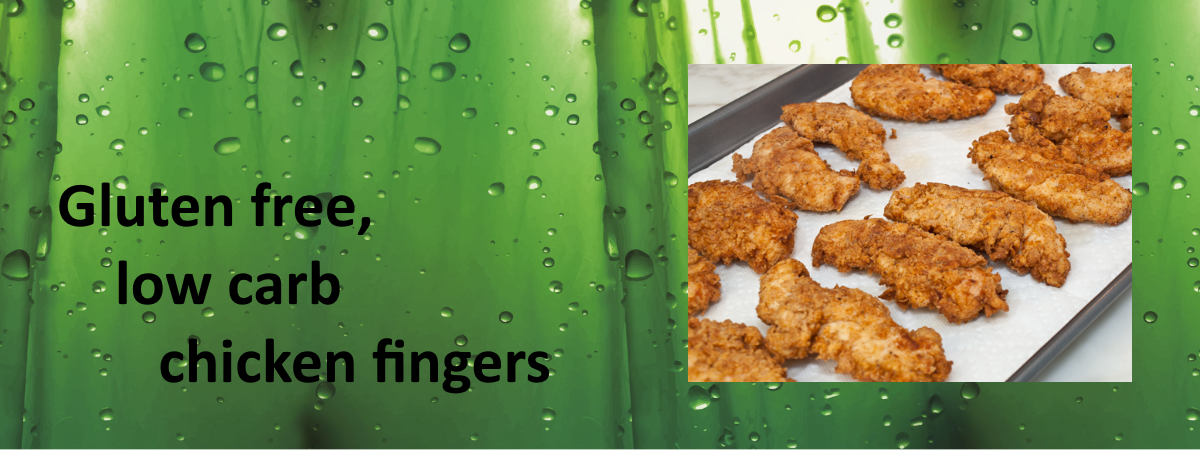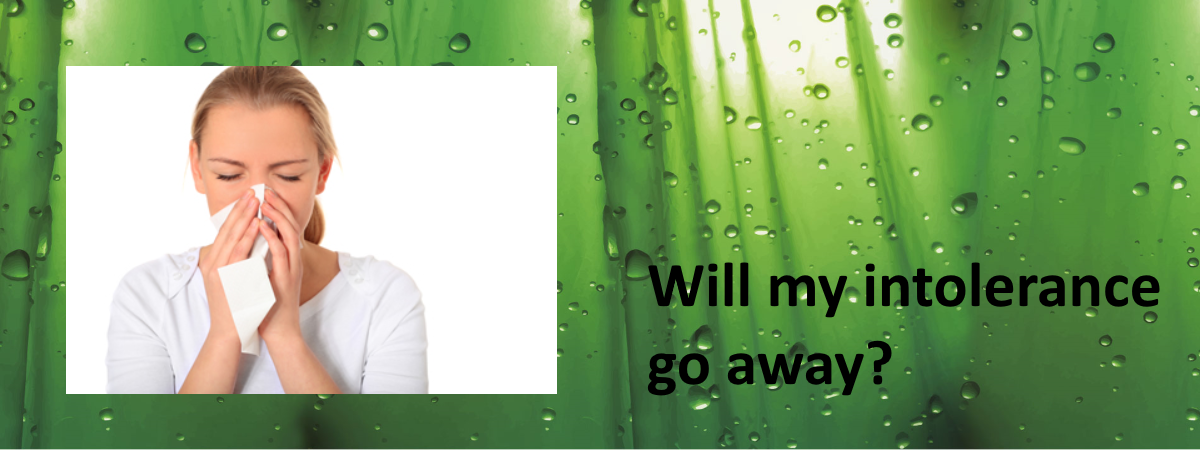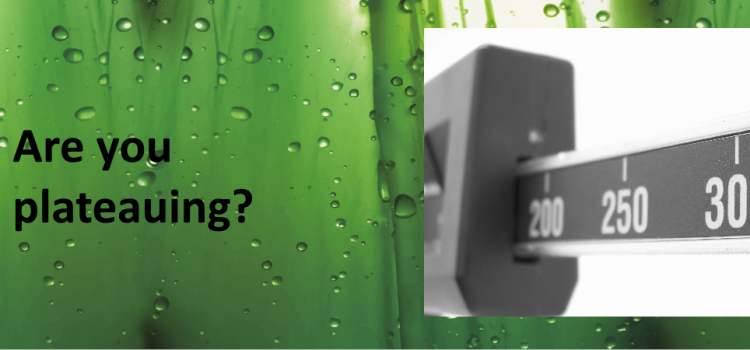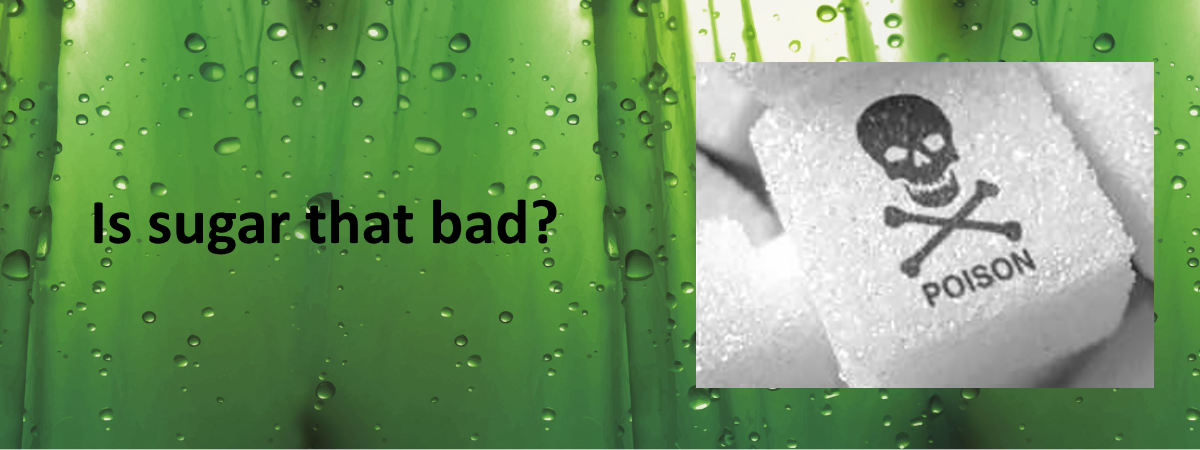If you ever tried reading the label on your dish soap you might feel like you’re reading a foreign language, since many ingredients are listed by their chemical name. Unfortunately, most people don’t think about the common ingredients in dish soap which are linked to cancer, asthma, neurological problems, skin irritation and other health problems.
Most people wash dishes at least once a day and may not realize the toxic mix they are absorbing through their skin. When toxins are absorbed through the skin, they bypass your liver and enter the bloodstream and tissues directly –with no filtering. Which is why your choice of dish soap and any products that come in contact with your skin are so important.
Commonly Found Chemicals in Dish Soap
Some of the basic ingredients in dish soap include surfactants, preservatives, fragrance, color as well as active or inactive ingredients.
This is by no means a complete list of chemicals or their side effects.
Sodium Lauryl Sulphate (SLS): SLS is a detergent and a surfactant used to break down surface tension allowing the shampoo to become a more effective cleanser. SLS is also linked to Nitrosamines a potent carcinogen that causes your body to absorb nitrates, another known carcinogen. Over 40,000 studies in PubMed science library include information on the toxicity of this chemical.
Sodium Laureth Sulphate (SLES): SLES is a concern as it can become contaminated with Dioxane. Whether or not Dioxane is present is dependent upon the manufacturing process. Dioxane is a suspected carcinogen. Because the liver has a difficult time metabolizing this effectively, it remains in the body for an extended period of time.
Propylene Glycol: Although this ingredient is used in anti-freeze for your car radiator, you can also find it in dish soap, moisturizers, hand sanitizers, baby products, conditioners and shampoos. MSDS sheets warn users to avoid skin contact, yet it remains in many cosmetics. It is linked to liver abnormalities and kidney damage.
Methylisothiazolinone: According to the Environmental Working Group (EWG) Skin Deep site, this widely used preservative is associated with allergic reactions and lab studies on brain cells of mammals suggest that it may also be neurotoxic. Methylisothiazolinone can be very irritating. For this reason, it is mostly used in rinse-off products. The concentrations in leave-on products are restricted to a minimal amount to lessen the risk of a negative reaction.
Fragrance: Artificial fragrances can contain hundreds, even thousands of chemicals, including phthalates. Since fragrances are protected as a trade secret, the full ingredients do not have to be listed on the label. Fragrances are a major cause of allergic reactions.
Phthalates are manmade chemicals used in a variety of products such as personal care products, food packaging, plastic medical devices, jar lids and plastic tubes. Phthalates can negatively affect estrogen and testosterone levels.
Triclosan: Triclosan was introduced to the marketplace in 1972, although it was originally developed and registered as a pesticide in 1969. Triclosan is a commonly found antibacterial, antiviral, antifungal ingredient in numerous products such as soaps, toothpastes, cosmetics, deodorants, first aid products, kitchen ware, clothing, office and school products, air filters, anti-microbial sponges, paints and coolers.
Manufacturers of a number of triclosan-containing toothpaste and soap products claim that the active ingredient continues to work for as long as 12 hours after use. Thus, consumers are exposed to triclosan for much longer than the time it takes to wash their dishes or brush their teeth.
How Does Dawn’s Dish Detergent Rate?
The Environmental Working Group (EWG) tested 165 liquid dish detergents. Only 11.6% were rated A or B. The remaining 88.4% rated from C to F.
EWG also tested 42 varieties of Dawn liquid dish soap. All of them were rated from C to F.
Here is the rating of the 42 varieties tested:
C rating -9 varieties
D rating- 29 varieties
F rating- 4 varieties
What is EWG’s rating system?
On a scale from A to F
Lowest Concern- Grade A– Few/no known or suspected hazards to health or the environment
Low Concern-Grade B- Limited potential for hazards to health or the environment
Moderate Concern-Grade C– Some potential for hazards to health or the environment
High Concern-Grade D– Likely hazards to health or the environment
Highest Concern-Grade F– Potentially significant hazards to health or the environment
Is Palmolive Brand Safe?
Like Dawn dish detergent, Palmolive is a widely popular household cleaning item so it’s worth shedding some light on. In comparison to the above chemicals in dish soap, Palmolive products contain all of them except for triclosan. The FDA actually banned triclosan from soaps in fall of 2016, though it is still free to remain in some toothpastes.
Chemicals in Palmolive Dish Soap
As you sift through the Palmolive roster, many other chemicals pop up. Here are a couple that may cause adverse effects:
- Sodium Dodecylbenzene Sulfonate may cause skin irritation
- Sodium Xylene Sulfonate can, in an industrial setting, irritate the eyes, skin, and respiratory tract
There are other chemicals in Palmolive dish soap including Sodium bisulfite (product stabilizer), Poloxamer 124 (controls thickness), Lauramidropropyl betaine (cleaning and foaming agent), and Pentasodium pentetate (product stabilizer) which show little or no signs of being harmful to humans or the environment. But with synthetic chemical-laden products, there is always cause for concern.
While this laundry list of chemicals is nothing to be joyous about, there are some not-so-bad things in their ingredient list. For example, Sodium Laureth Sulfate (SLS) has a low-to-moderate hazardous risk and has been shown to cause irritation. But Palmolive only uses it in one soap.
Instead, they regularly use Ammonium Lauryl (and Laureth) Sulfate which is a significantly larger molecule than SLS. Due to its ALS’s size, it is near impossible for it to penetrate your skin’s outer layers.
It’s encouraging to see positive shifts in mainstream brands like Palmolive, but there’s definitely a lot of work to be done to make cleaner, safer products.
How Do I Find Safe Dish Soap?
- Research the company you are buying products from. Go to company websites, look up their mission statement. Check out their product lines. Are they using synthetic ingredients or organic? Do they offer 3rd party testing and certification of their products?
- Learn to read labels. This can be a challenge, since many ingredients are listed by a chemical name. Two great resources to help you get started are EWG’s Skin Deep data base and Ruth Winter’s book: A Consumer’s Dictionary of Cosmetic Ingredients, both offer a wealth of information.
- Understand that certain terms can be ambiguous. There is no federal regulation for the word natural. So just because something states it is natural it doesn’t mean it is safe. Let’s be clear, the Food and Drug Administration does not define what it means for a product to be labeled “organic” or “natural” or “hypoallergenic”. The processing of a natural product can involve the addition of chemicals to break it down to a useable formula.
- Remember, natural and organic are not the same. Natural can mean the product was derived from a natural source, while the term organic means that the plant was grown without the use of toxic chemicals and pesticides, however just because some organic products were used, doesn’t mean the entire product is organic.
- Look for organic ingredients. According to the NSF (National Sanitation Foundation), products with at least 70 percent organic ingredients can use the phrase “made with organic ingredients” on their label. Products with less than 70% organic ingredients must list those items on the label, and can’t have a USDA organic label on their product.
- Does the organic products have ‘3rd party certification? ’USDA organic certification means that 95% of the ingredients are organic. NSF certification means that 70% organic ingredients were used.
- Consider making your own dish soap. You can choose the ingredients you know and trust. Doing an online search for homemade liquid dish soaps will provide a lengthy list of options.
Conclusion
Becoming a label reader is important if you truly want to know what is in the product you are buying. Dishwashing detergents are no exception to that rule, you may think that this benign product would not contain ingredients that pose a hazard to your health and you would be mistaken.
Whether you are health or environmentally conscious, knowing what’s in your dish soap can alleviate any potential concerns and provide insight to any health problems you may be experiencing.
It’s not all about gloom and doom, it is about being educated about what is in the products you use, how it can impact your health and making a conscious choice.




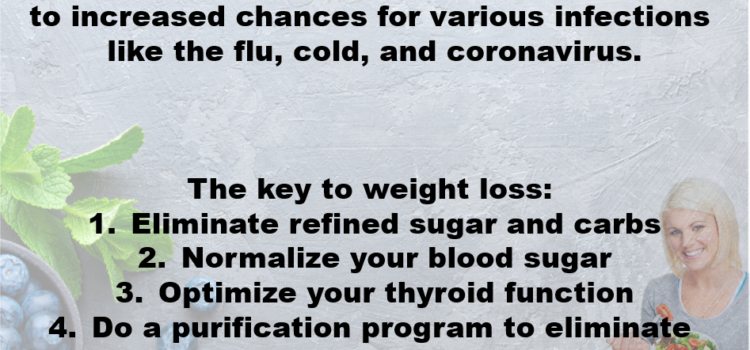
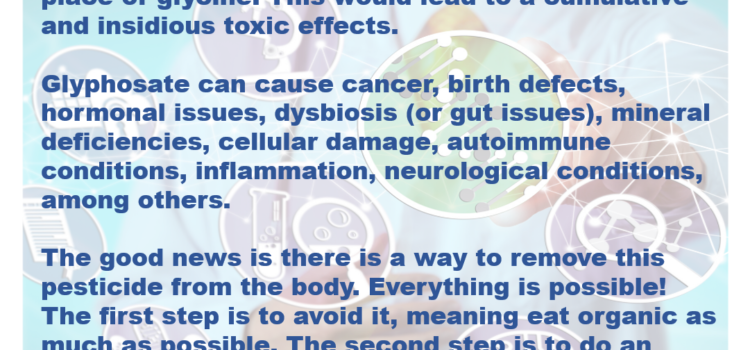
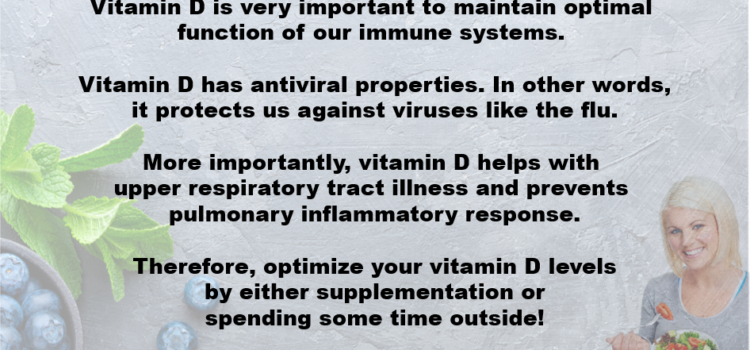

.jpg)








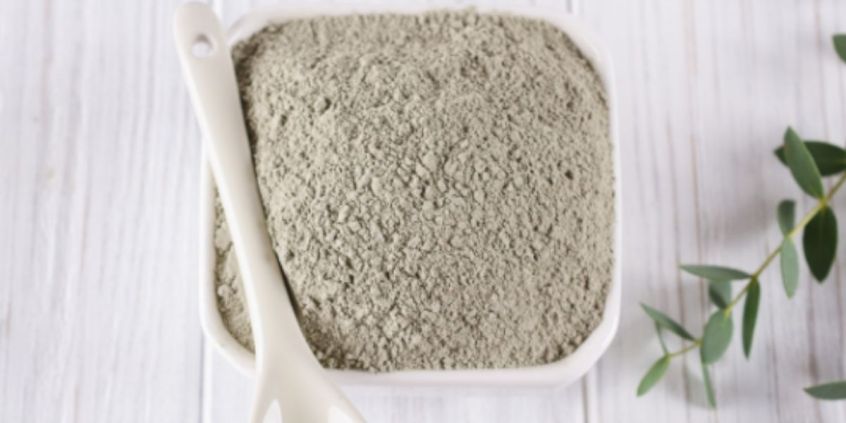
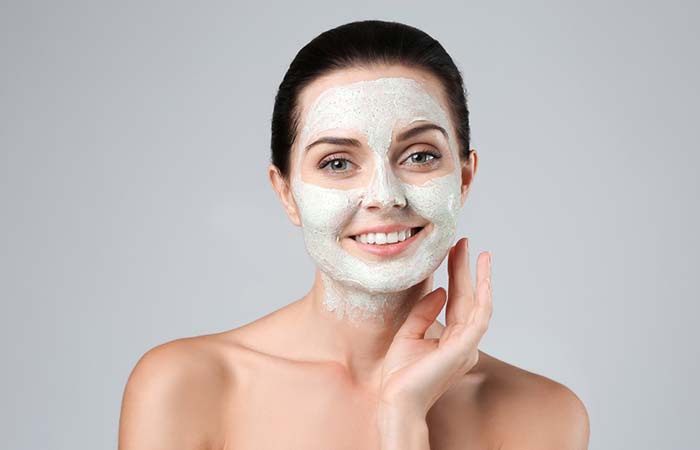
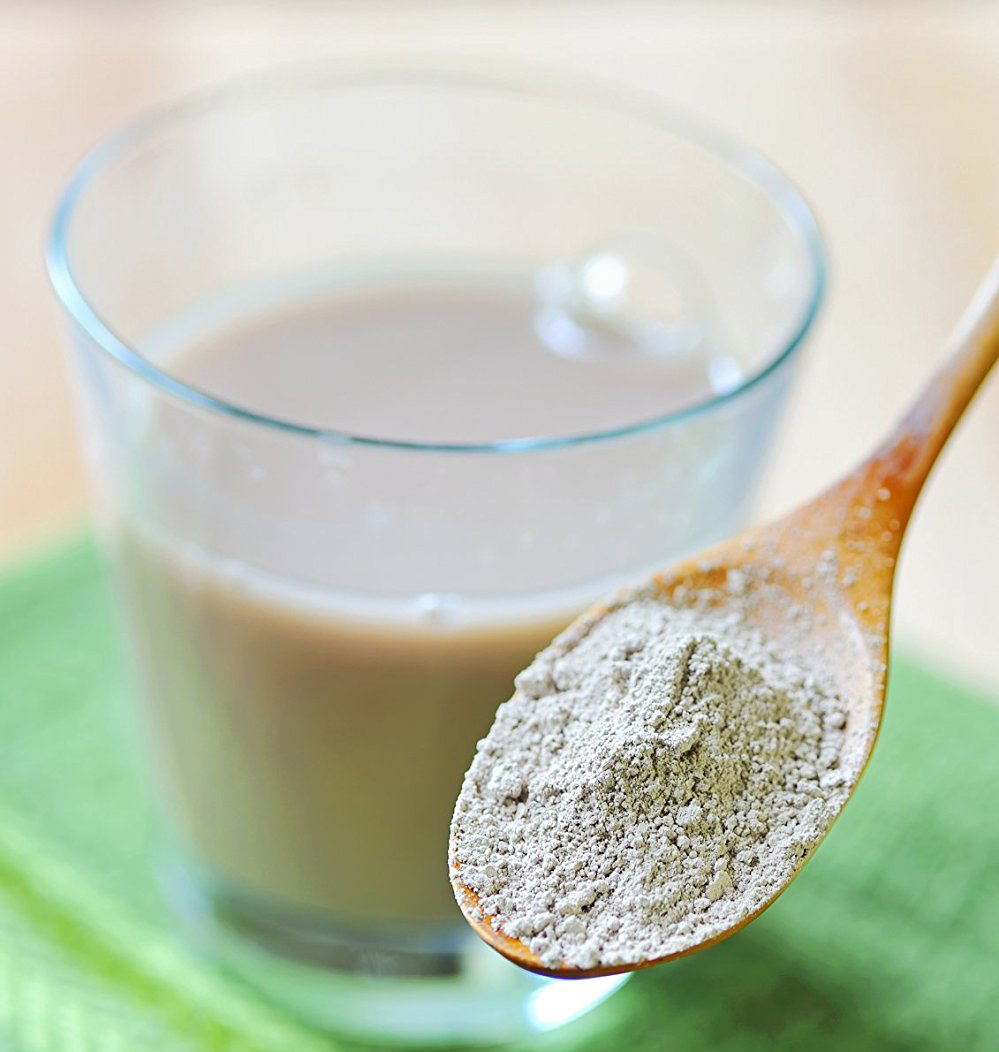



 photo credit: Foxy's Forest
photo credit: Foxy's Forest

